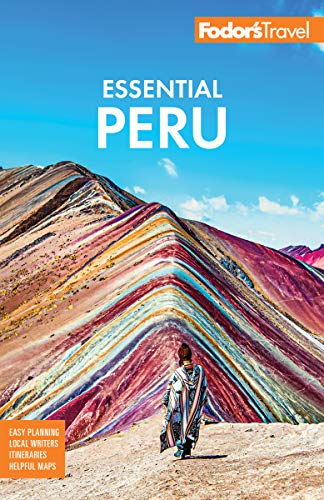The Amazon Basin is the world's most diverse ecosystem. The numbers of cataloged plant and animal species are astronomical, and scientists regularly discover new ones. There are more than 25,000 classified species of plants in the Peruvian Amazon (and 80,000 in the entire Amazon Basin), including the 2-meter-wide (6-foot-wide) Victoria Regia water lilies. Scientists have cataloged more than 4,000 species of butterfly and more than 2,000 of fish—a more diverse aquatic life than that of the Atlantic Ocean. Scientists estimate that the world's tropical forests, while comprising only 6% of the Earth's landmass, may hold up to 75% of the planet's plant and animal species. This land is also the largest natural pharmacy in the world: one-fourth of all modern medicines have botanical origins in tropical forests.
You’ll see monkeys, and perhaps a sloth, but most mammals are nocturnal and difficult to spot. You're likely to see an array of birds, butterflies, and monkeys, as well as bufeos (freshwater dolphins) along the Amazon and its tributaries.
It's interesting and worthwhile to visit a small indigenous village, and take advantage of the opportunity to buy some handicrafts.
The best way to visit the area is on a prearranged tour with one of the many jungle lodges or cruise boats. All have highly trained naturalist guides. Among the activities offered are nature walks, birding tours, nighttime canoe outings, fishing trips, and stops at indigenous villages.




